
Welcome to the Panasonic Industry page on element14. Here you can find things such as our latest news, training videos, and product details. Additionally, you can engage with us in our forums.

ESR represents the resistive component within a capacitor’s equivalent circuit. It influences:
Panasonic offers one of the industry’s most comprehensive portfolios of low ESR electrolytic capacitors, available in THT (Through-Hole) and SMD (Surface-Mount) configurations.
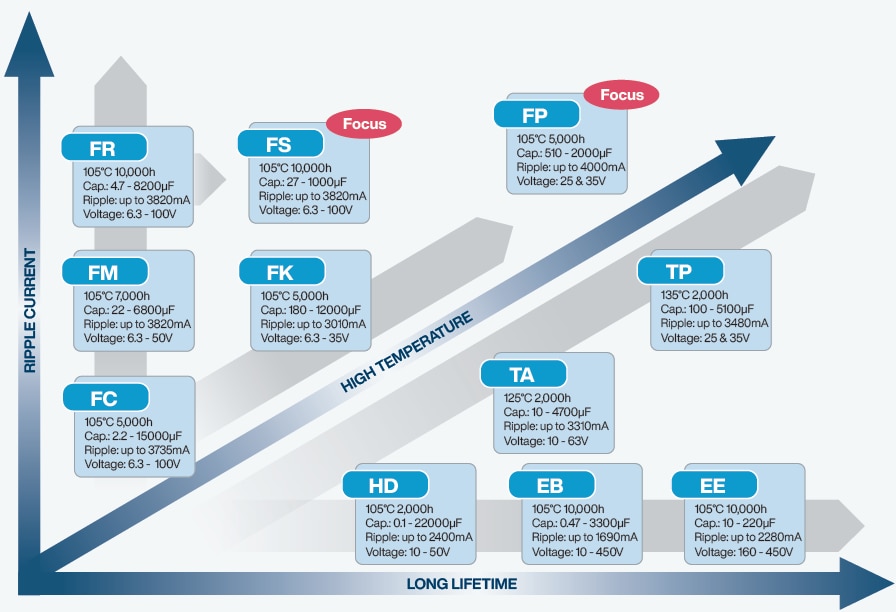
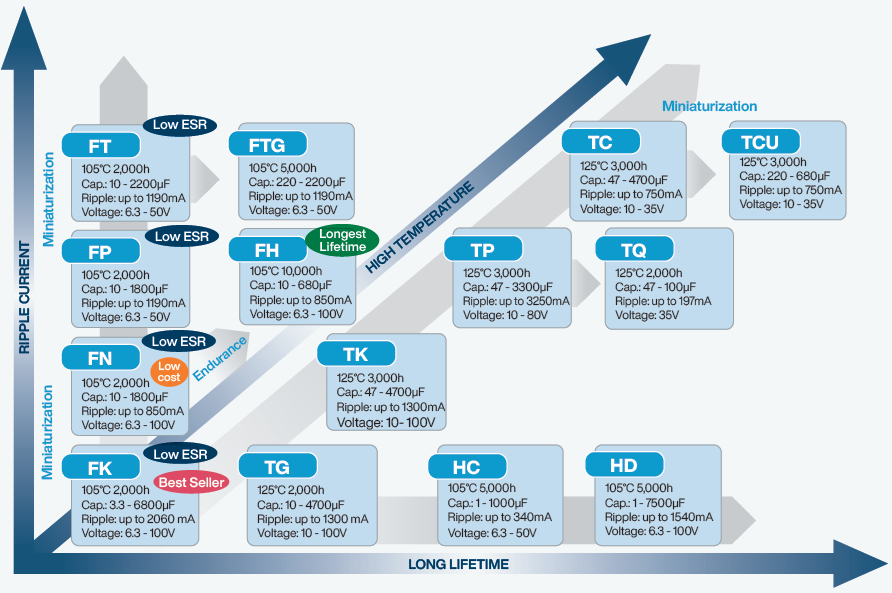
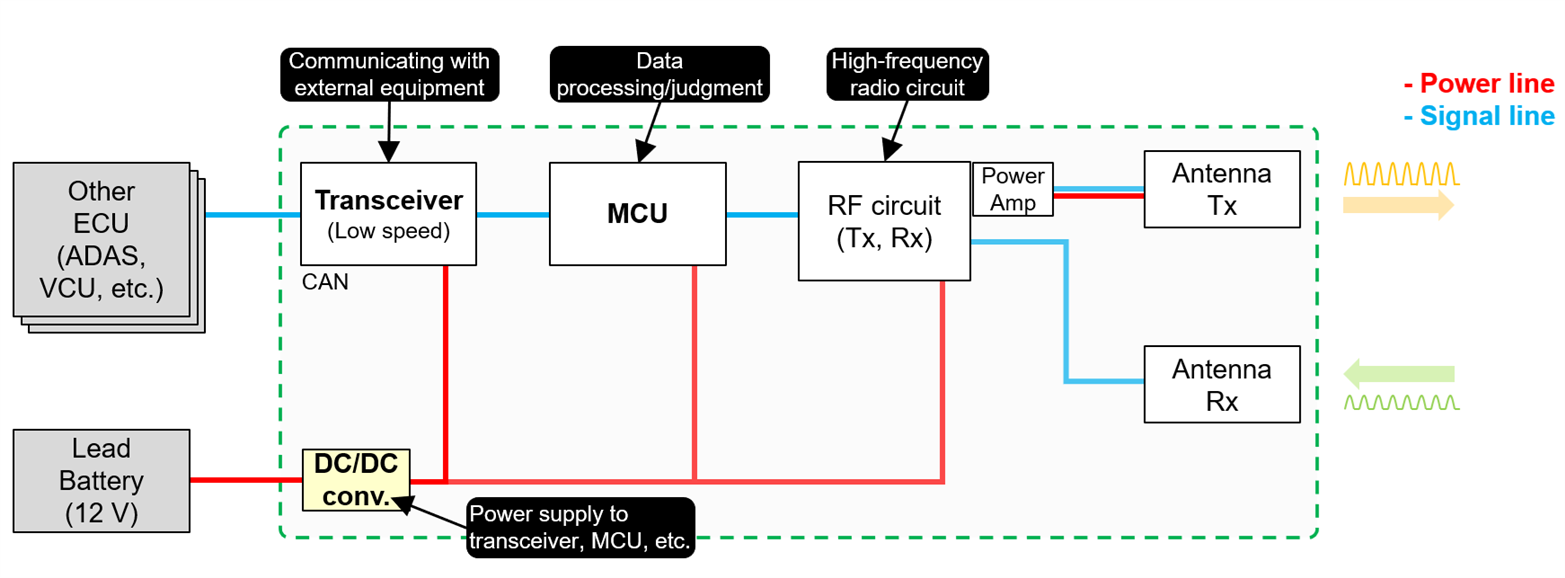
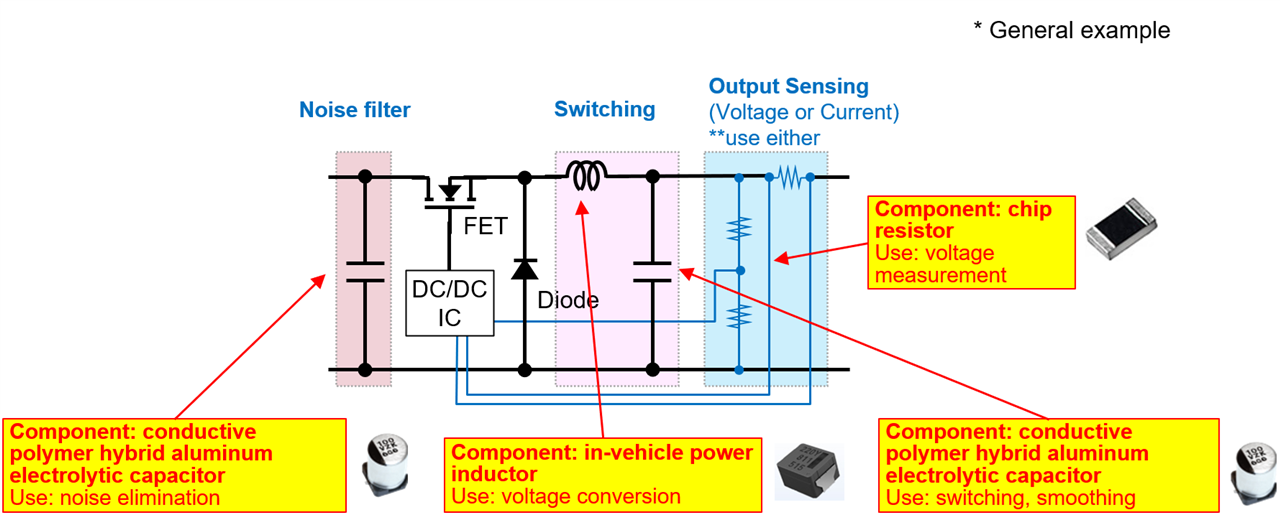
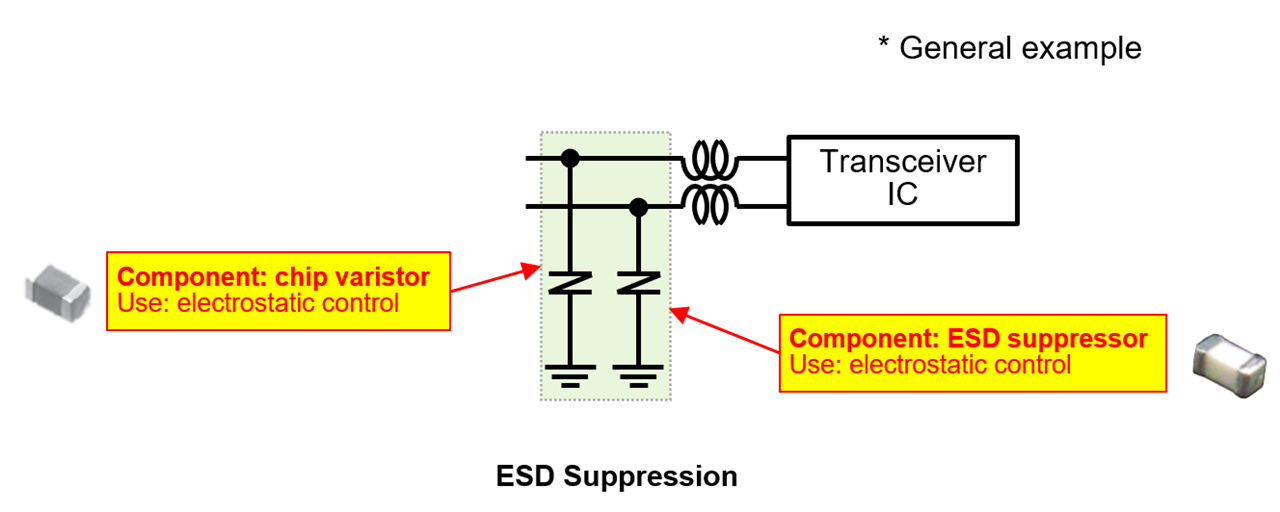
| Component | Features | Large Current | Low Loss | Compact |
Small Size |
High Precision |
|---|---|---|---|---|---|---|
| Hybrid Aluminum Electrolytic Capacitors | Low ESR, High Reliability | |||||
| Automotive Power Inductors | High Current, Low Loss | |||||
| High-Precision & High-Power Chip Resistors | High Accuracy, Heat Resistance | |||||
| Chip Varistors | Compact, Lightweight |
・Normal charging
In normal charging, the battery is charged to full. The battery of an EV is charged with AC voltage from a private residents' charging equipment or a public charging station. Generally, charging the battery fully takes about eight hours. In the case of normal charging, the OBC incorporated in the vehicle converts AC voltage into DC voltage applicable to the vehicle battery.
・Quick charging
Quick charging is charging to refill the battery in a short time. In quick charging, the charging station supplies DC voltage corresponding to the battery voltage, charging up the vehicle battery in a short time by quickly feeding the battery with large power. Quick charging, in general, takes about 30 minutes to 1 hour to finish, depending on the battery capacity. You will find those chargers for EVs in a lot of expressway rest areas, commercial establishments, etc.
| Charging Type | Power Source | Location | OBC Usage | Charging Time | Purpose |
|---|---|---|---|---|---|
| Normal Charging | AC (200V/400V) | Home, Office | Converts AC to DC | ~8 hours | Full battery charge |
| Fast Charging | DC (direct output) | Highways, Commercial Facilities | Not used | ~30–60 minutes | Quick top-up |
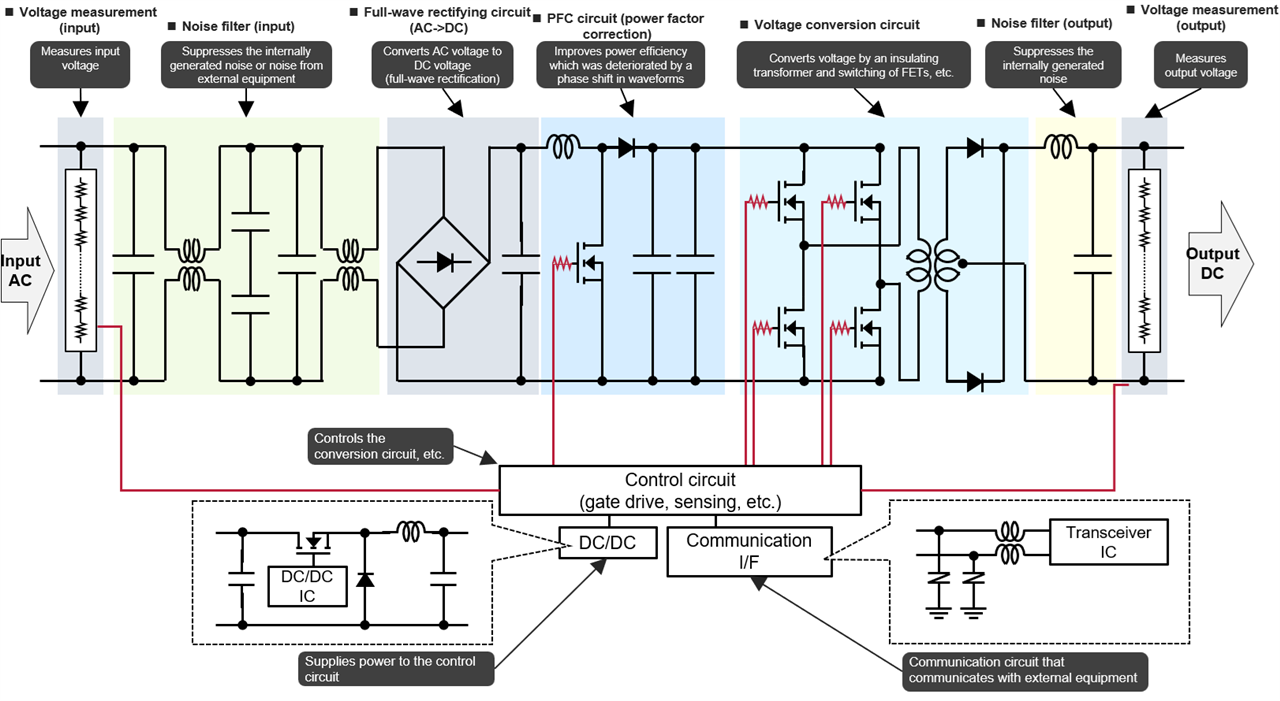
| Component | Features | High Voltage | High Current | Low Loss | Compact | Heat Resistant | High Precision |
|---|---|---|---|---|---|---|---|
| Hybrid Aluminum Electrolytic Capacitors | Low ESR, High Reliability | ||||||
| Automotive Power Inductors | High Current, Low Loss | ||||||
| High-Precision & High-Power Chip Resistors | High Accuracy, Heat Resistance | ||||||
| Chip Varistors | Compact, Lightweight | ||||||
| Automotive Film Capacitors | High Reliability |
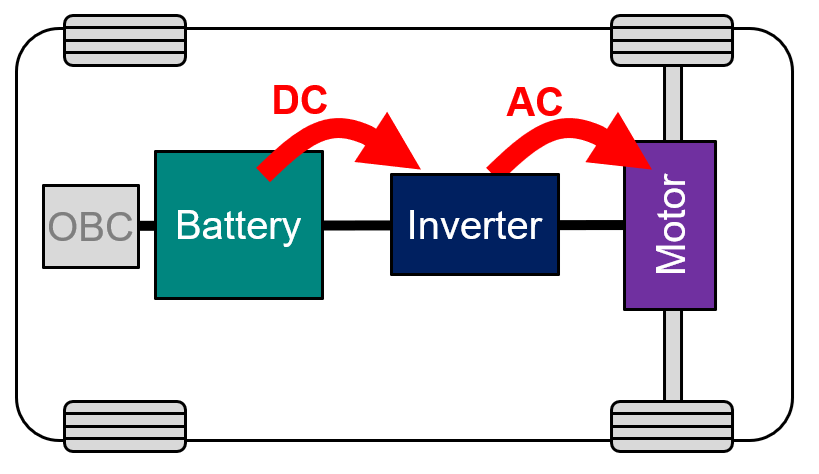
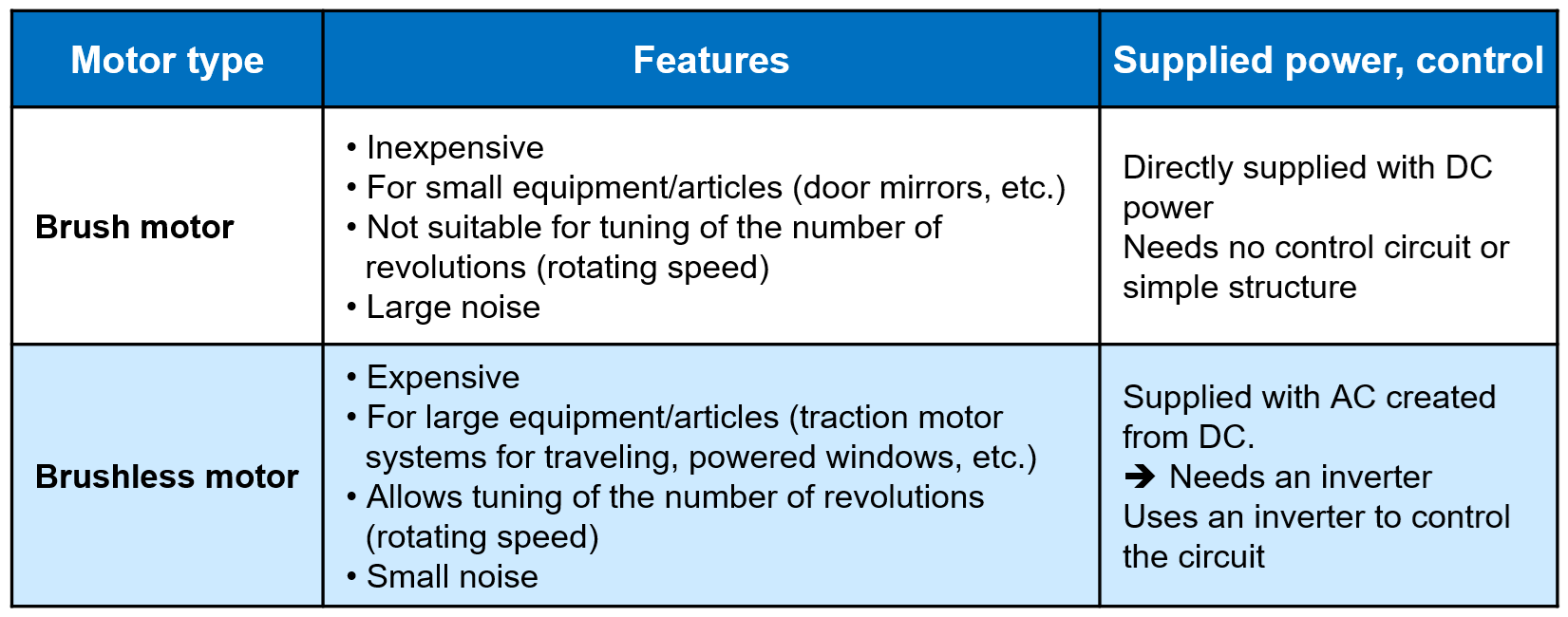
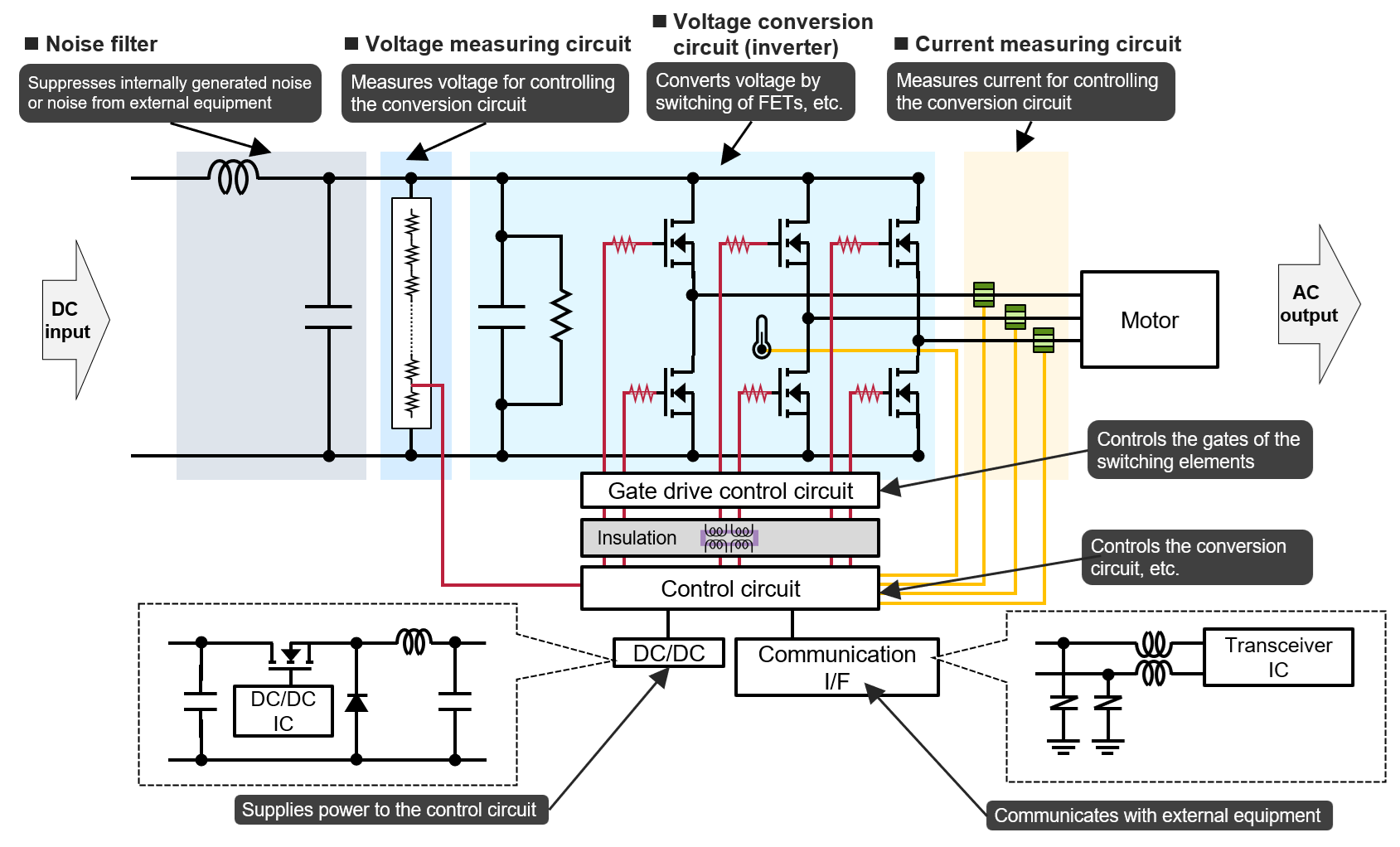
| Component | Feature | High Voltage | Large Current | Low Loss | Miniaturization | High Heat Resistance | High Precision |
| Film Capacitors | High reliability |  |
 |
||||
| Conductive Polymer Hybrid Aluminum Electrolytic Capacitor | Low ESR High reliability |
 |
 |
 |
 |
 |
|
| Power Inductor for Automotive Application | Large current, low loss High reliability |
 |
 |
 |
 |
||
| Chip Resistor | High precision, high resistance to heat |  |
 |
 |
 |
 |
|
| Chip Varistor | Small and light |  |
|||||
| NTC thermistor | Small, high resistance to heat |  |
 |
 |
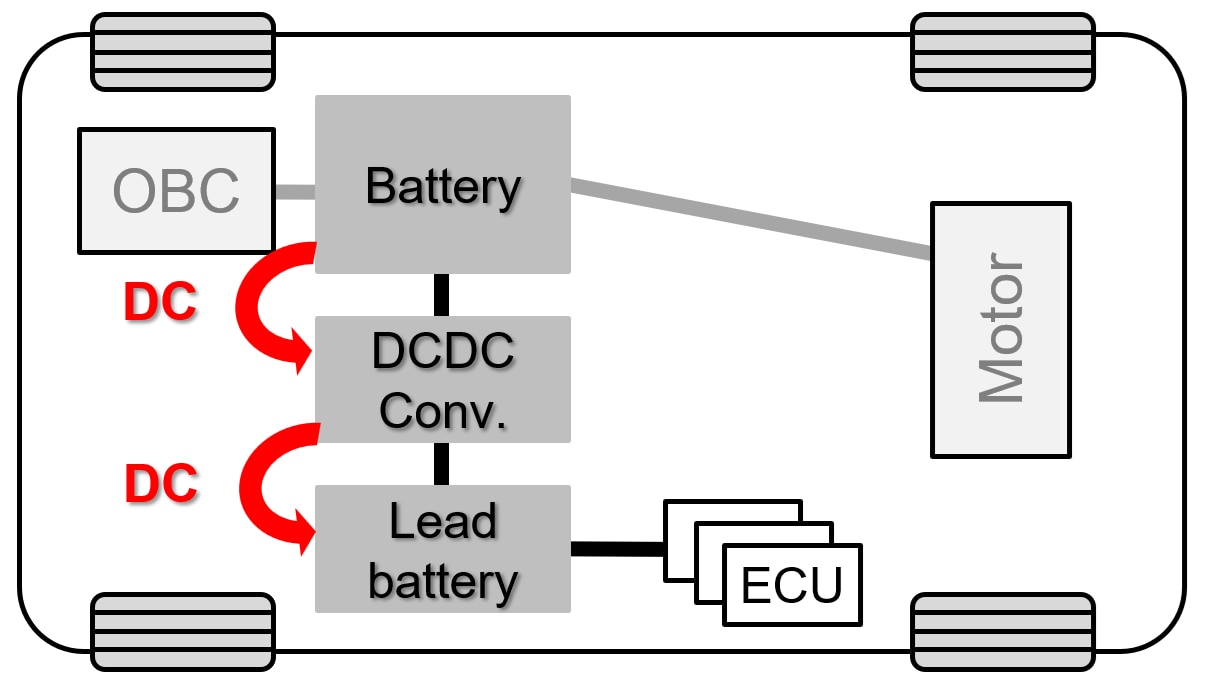
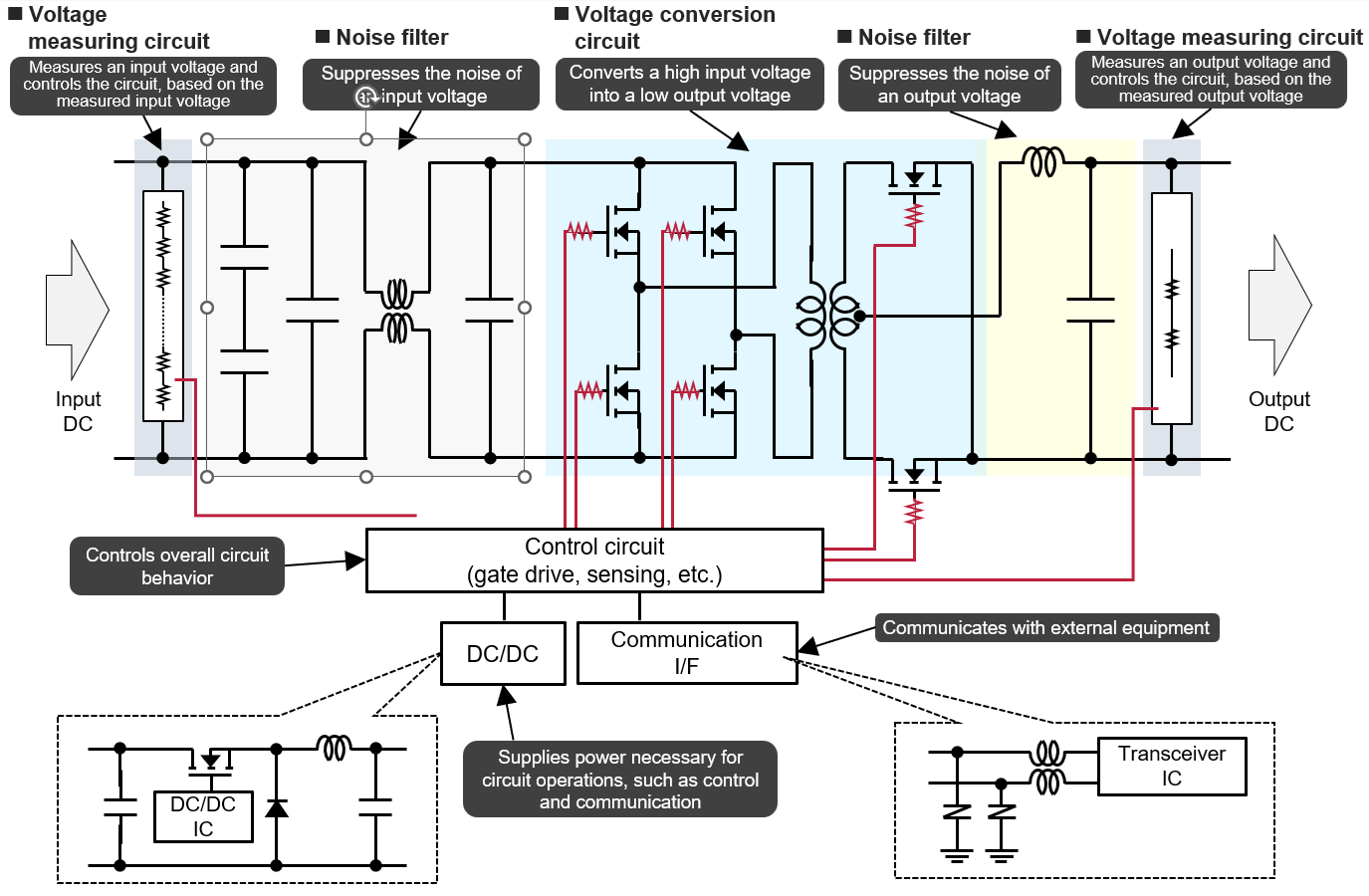
| Component | Feature | High voltage | Large current | Low loss | Miniaturization | High heat resistance | High precision |
| Film Capacitors (Automotive, Industrial and Infrastructure Use) | High reliability |  |
 |
||||
| Conductive Polymer Hybrid Aluminum Electrolytic Capacitors | Low ESR High reliability |
 |
 |
 |
 |
 |
|
| Power Inductors for Automotive application | Large current, low loss High reliability |
 |
 |
 |
 |
||
| High Precision Chip Resistors Small & High Power Chip Resistors |
High precision, high resistance to heat |  |
 |
 |
 |
 |
|
| Chip Varistor | Small and light |  |
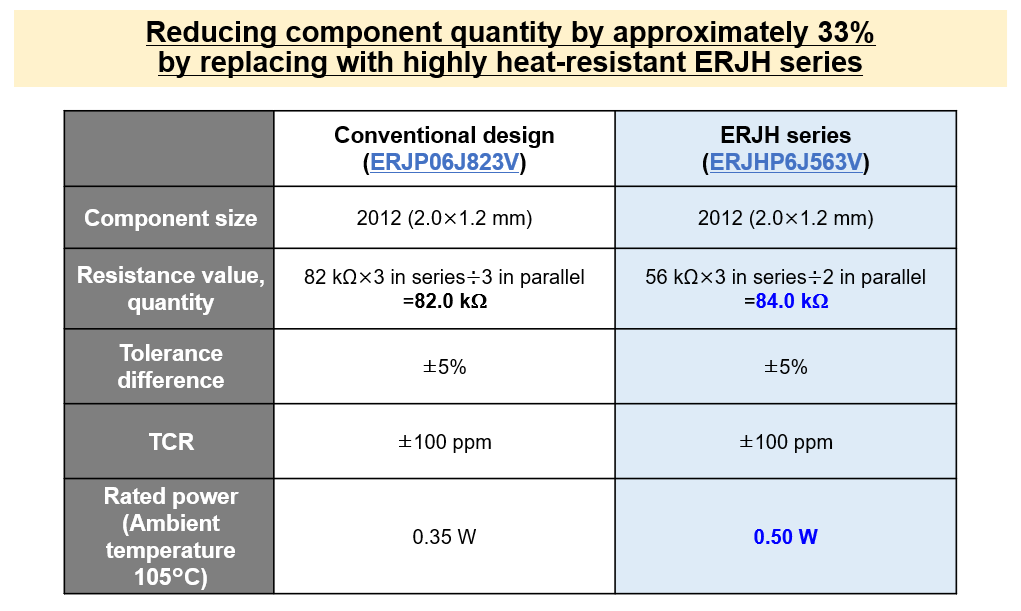
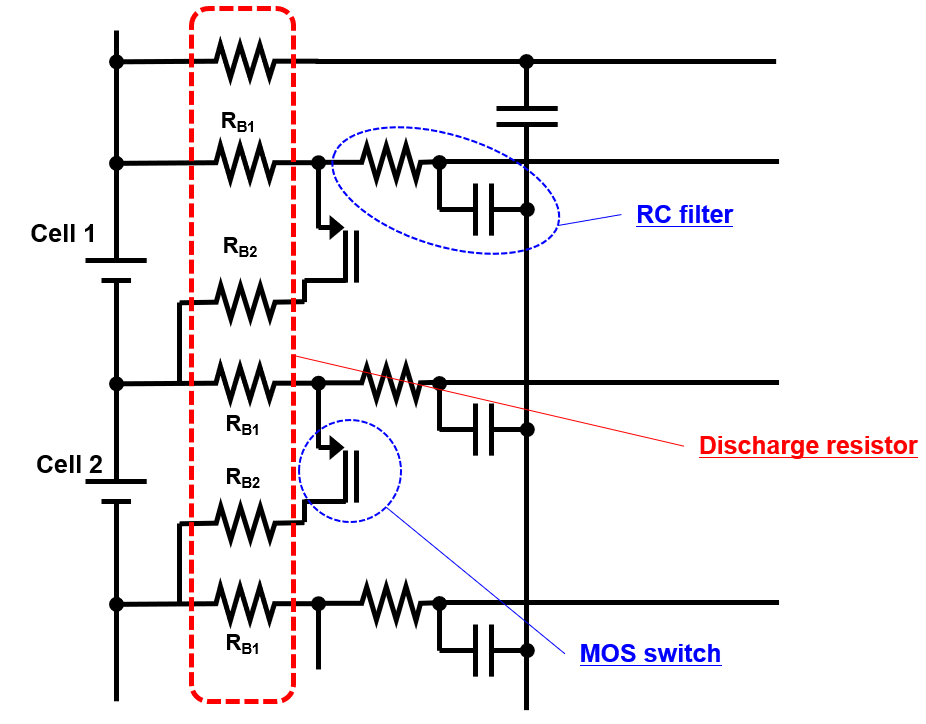
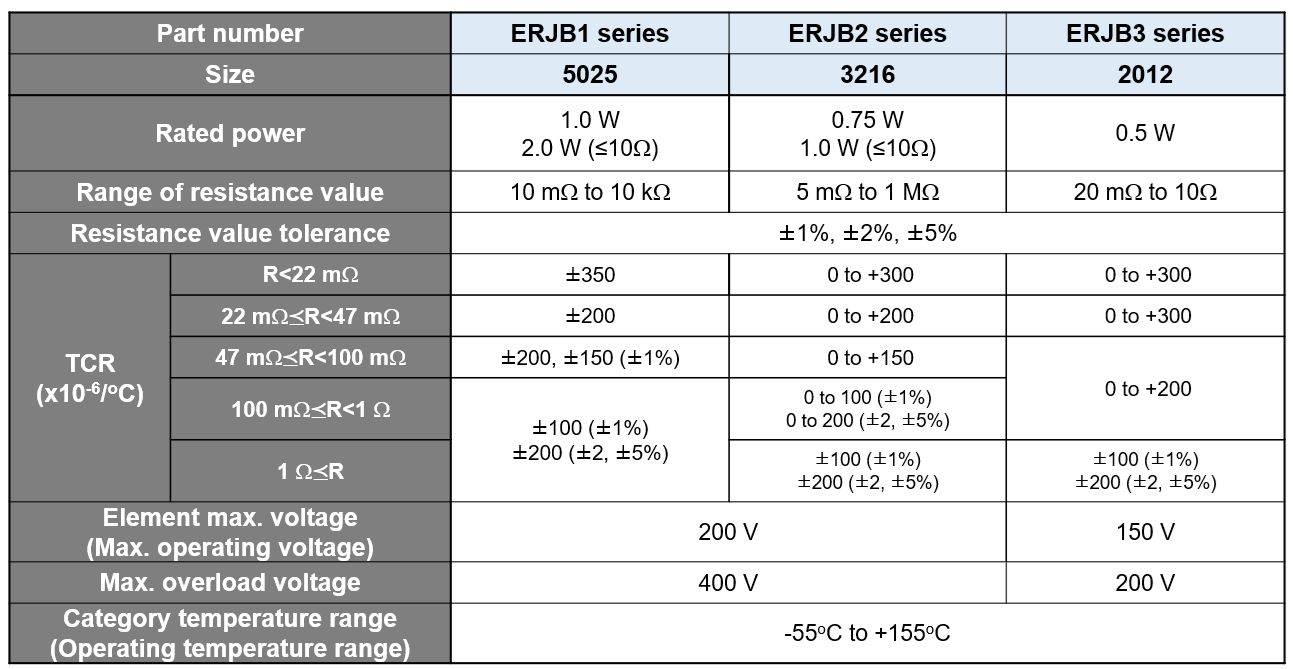
Explore our lineup on PANASONIC Chip SMD Resistors | Farnell® UK
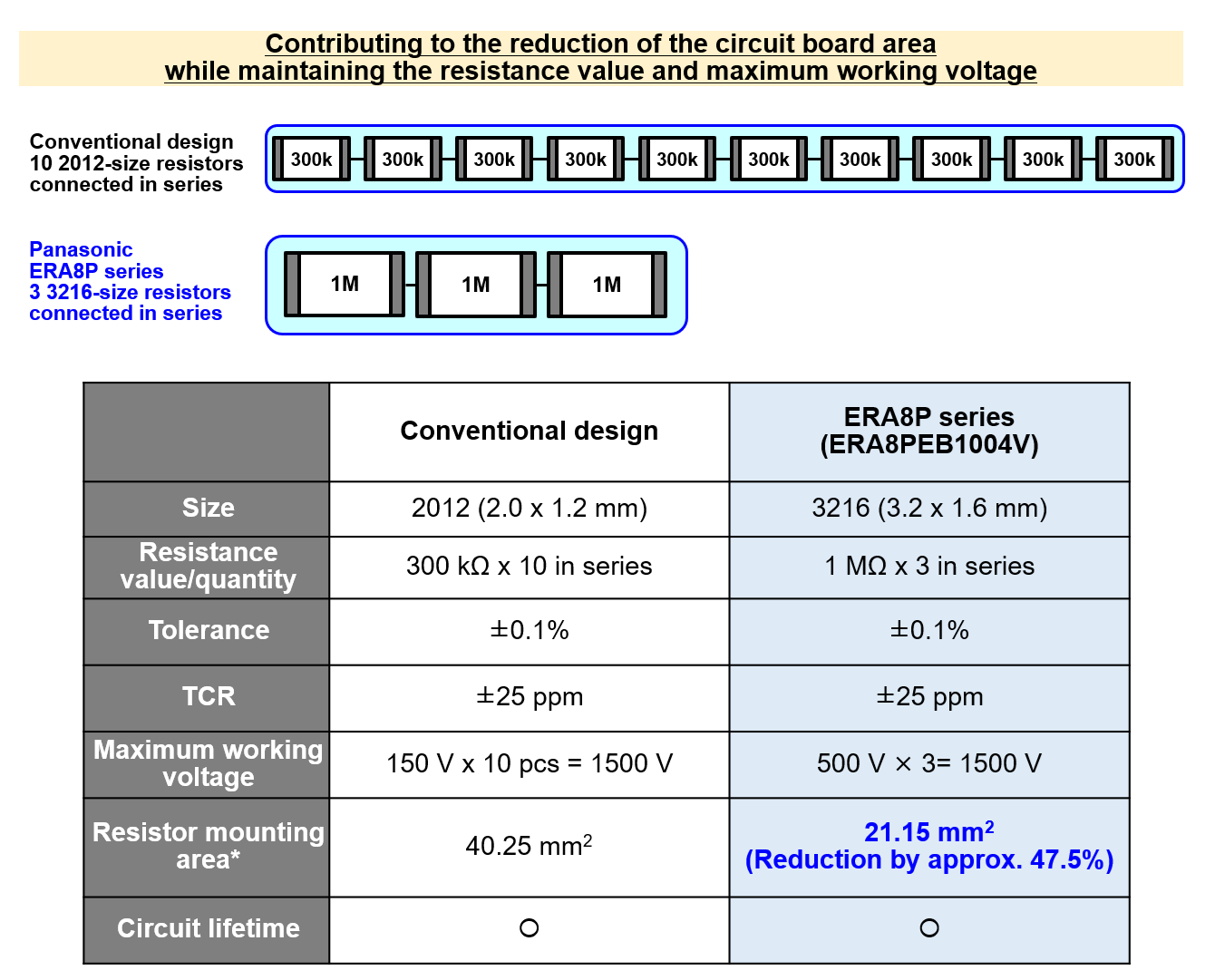
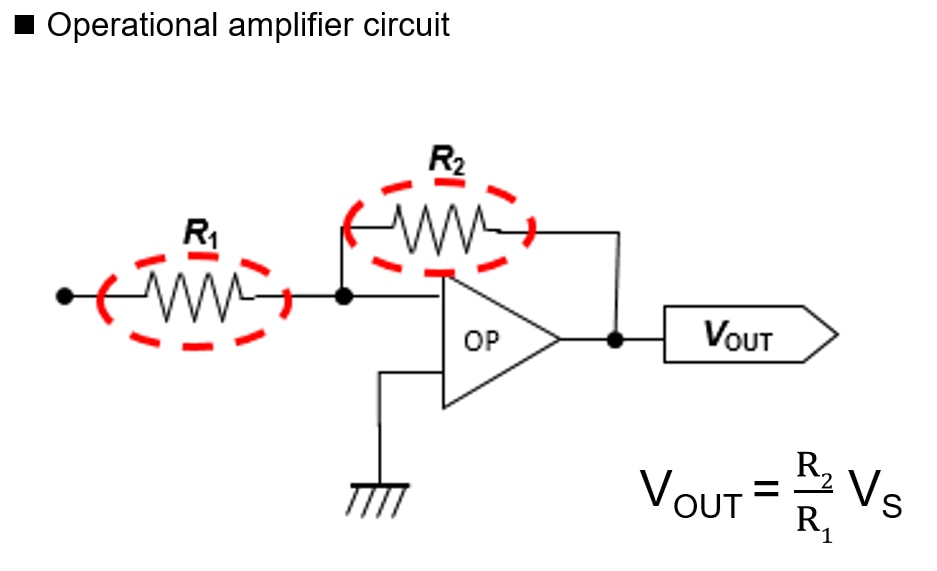
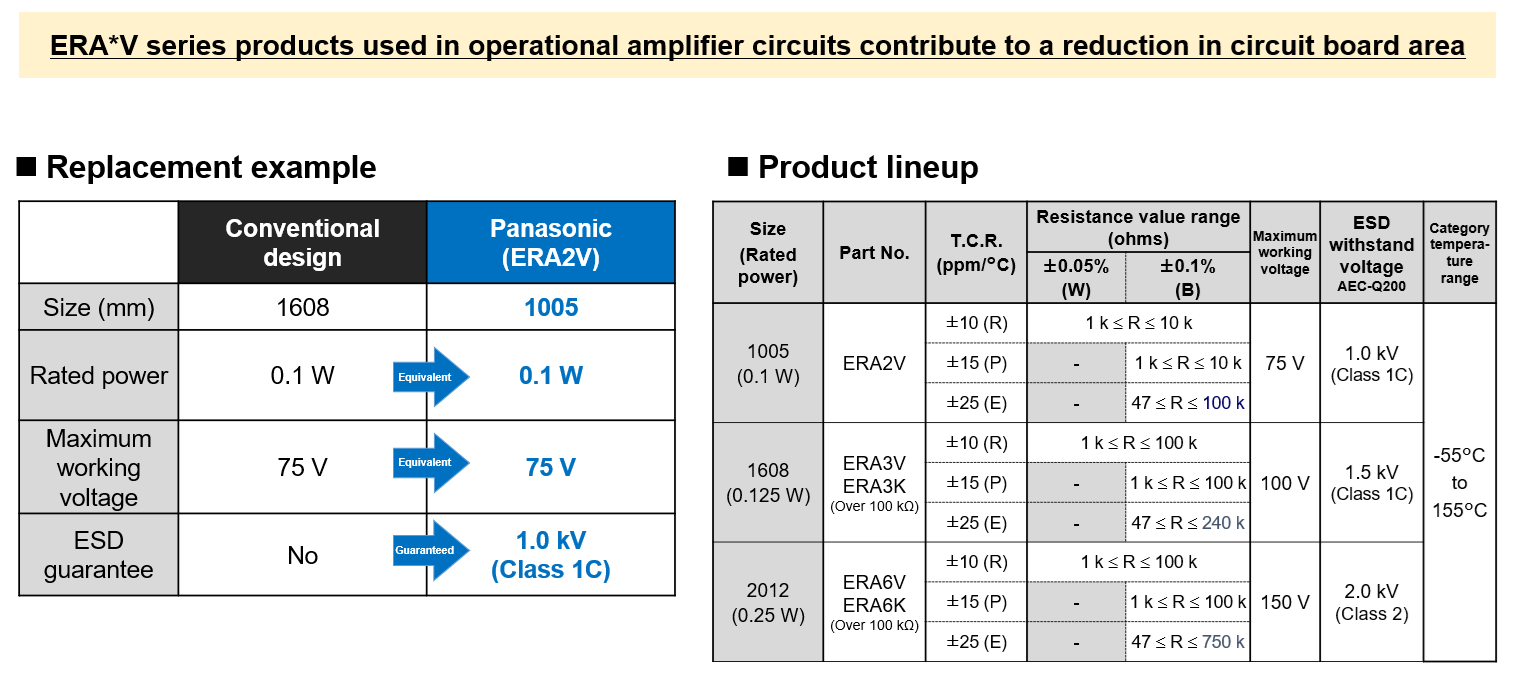
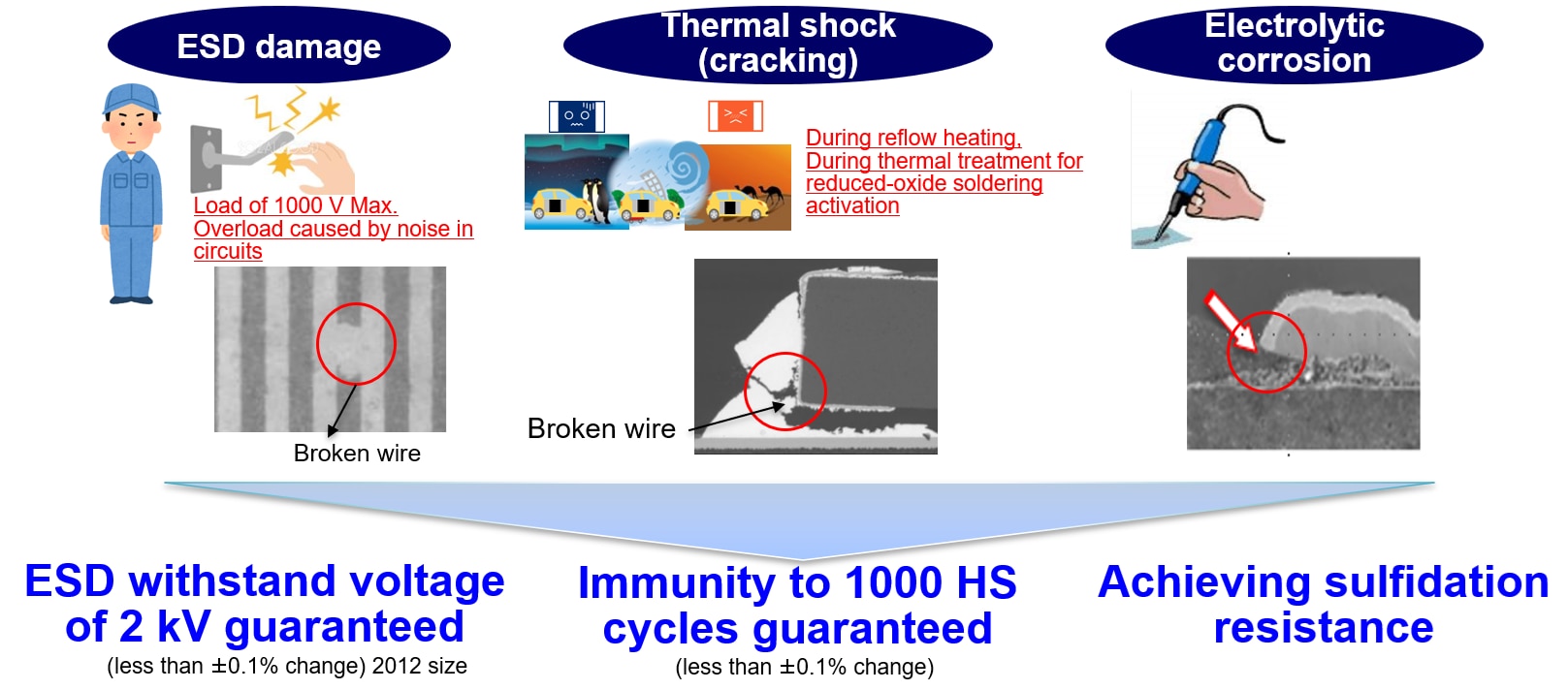
In an era where energy efficiency and sustainability are essential, Battery Management Systems (BMS) have emerged as critical components in both industrial and automotive applications. These systems play a vital role in monitoring, controlling, and optimizing battery performance, ensuring safety, longevity, and reliability. As the demand for electric vehicles (EVs) and renewable energy storage solutions continues to rise, the relevance of robust BMS technology cannot be overstated. In the automotive sector, BMS not only enhances vehicle performance but also contributes to the overall safety and efficiency of electric drivetrains. Similarly, in industrial applications, effective battery management is essential for maximizing uptime and operational efficiency in energy storage systems. Panasonic's portfolio of passive components for BMS is designed to meet these growing demands, providing innovative solutions that support the advancement of battery technology across various industries.
As the complexity of Battery Management Systems (BMS) increases, several technical challenges emerge that must be addressed to ensure optimal performance and reliability. One significant challenge is durability in harsh environments, including extreme temperatures, high humidity and different vibration profiles. This is particularly critical in automotive applications, in which components are exposed to this kind of conditions over extended periods.
Another pressing challenge is the need for miniaturization and weight reduction. As electric vehicles and industrial systems strive for greater efficiency, a growing demand for compact and lightweight components that do not compromise on performance is observed. This trend is essential for enhancing energy density and overall system efficiency, making it crucial for manufacturers to innovate continuously.
To tackle these challenges, Panasonic's range of capacitors, resistors, and inductors is designed with advanced materials and technologies that enhance durability and performance while supporting miniaturization. In the following sections, we will explore how these passive components contribute to overcoming the technical hurdles faced in the development of effective and reliable BMS solutions.
In the ecosystem of Battery Management Systems (BMS) for industrial and automotive applications, the importance of precision and reliability cannot be overstated. Among the key components that facilitate these attributes are resistors, particularly thin and thick film resistors. Panasonic has developed a comprehensive range of these technologies, each designed to meet the specific demands of high-performance battery management systems.
Thin film resistors play an essential role in voltage measurement and control within battery management systems. These resistors are typically used in series configurations, allowing them to withstand the high voltages that may occur during operation. The ability to measure and control voltage accurately is crucial, especially in environments where overvoltage conditions can arise. While Panasonic offers thin film resistors that can handle higher voltage ranges, it is essential to clarify that these are not classified as "high voltage" components in the traditional sense. Instead, they are designed for higher voltage applications, emphasizing precision rather than extreme voltage tolerance. An additional consideration is that ERA*V/K/P types feature an absorbable layer, which helps them withstand more temperature cycles. This characteristic can also be beneficial, as it may enhance their durability and reliability in demanding thermal environments. This distinction is vital for engineers who require components that provide accurate readings without compromising on performance.
In addition to thin film resistors, Panasonic also provides a variety of thick film resistor technology. Panasonic thick film resistors are engineered to handle significant thermal and electrical stresses, making them suitable for demanding applications. One of the standout features of Panasonic's thick film resistors is the integrated soft termination, which is automatically included in components sized from 0201 and larger.
The soft termination technology is a game-changer in the market. It allows the resistor to expand and contract with temperature fluctuations, thereby mitigating the risk of solder joint failure. In battery management systems, in which components are subjected to varying temperatures and currents, without soft termination, solder joints can become brittle and fail, leading to potential system malfunctions.
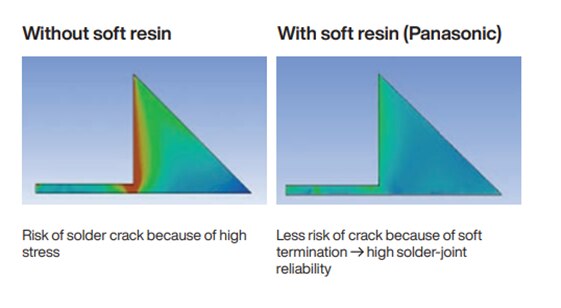
Part of Panasonic thick film resistors is high temperature technology, capable of withstanding maximum temperatures of up to 175°C. This capability is crucial for Battery Management Systems that may experience elevated temperatures due to high current loads. The concept of derating—with which the power capability of a resistor is reduced instead of 70° C at higher temperature of 105° C—becomes less of a concern and is particularly beneficial with high temperature resistor technology.
For instance, in a typical battery management scenario, temperatures can reach between 110°C to 125°C. Panasonic's thick film resistors allow for less power derating compared to standard components, ensuring that they can handle larger currents without compromising performance. This robustness makes them ideal for applications where reliability and durability are of vital necessity.
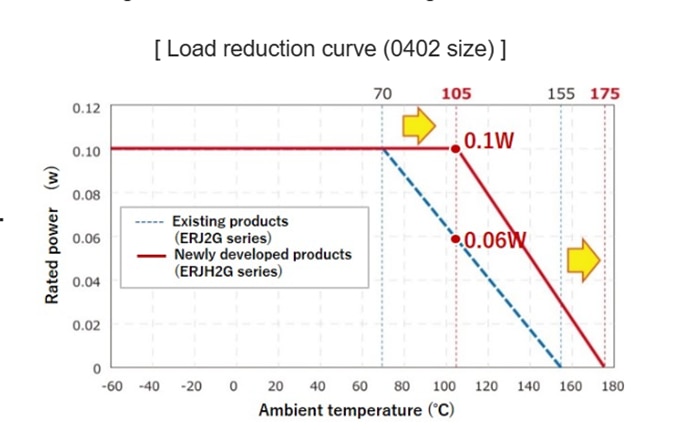
In summary, Panasonic's offerings of thin and thick film resistors are integral to the functionality and reliability of Battery Management Systems in industrial and automotive contexts. The precision of thin film resistors, combined with the robustness and thermal resilience of thick film resistors, ensures that these components can meet the rigorous demands of modern battery technologies. As the industry continues to evolve, the role of these passive components will remain crucial in supporting the performance and safety of battery management systems.
Panasonic offers inductors, specifically designed to monitor and control battery status, ensuring optimal performance and safety in these advanced systems.
Inductors play a critical role in regulating and controlling current flow within battery management systems. This regulation is essential for both charging and discharging processes of the battery. By smoothing out fluctuations in current, inductors help maintain stable operation, which is vital for the longevity and efficiency of the battery. This capability is particularly important in applications where rapid changes in current demand can occur, such as during acceleration or regenerative braking in electric vehicles.
Another significant function of inductors in BMS is their ability to suppress electromagnetic interference (EMI) and ensure compliance with electromagnetic compatibility (EMC) standards. As electric vehicles incorporate various electronic components, managing EMI becomes crucial to prevent disruptions in performance and maintain the integrity of sensitive electronic systems. Panasonic's inductors are designed to minimize differential mode noise, thereby enhancing the overall reliability and safety of the battery management system.
Inductors also contribute to the safety of Battery Management Systems by protecting against overcharging, deep discharging, and other potential hazards. By controlling the current flow - and at the same time withstanding high currentsinductors are acting as a buffer in the circuit and help prevent conditions that could lead to battery damage or failure. This safety feature is paramount in automotive applications, where the consequences of battery failure can be severe.
One of the standout offerings from Panasonic is the Power Choke Coils, which are surface mount power inductors known for their high heat resistance and exceptional DC bias characteristics. These metal composite inductors utilize a Hi-BS ferrous alloy magnetic material, ensuring reliability even in high-temperature environments.
Additionally, they exhibit a high tolerance for vibration or high ripple current capability, depending on the series, making them suitable for the demanding conditions often encountered in automotive applications.
These Power Choke Coils are extremely efficient, featuring low DC resistance (DCR) and, depending on the specific series, reduced eddy current losses. This efficiency not only enhances the performance of the power circuit but also simplifies the thermal design process, contributing to a more compact and effective battery management system.
Miniaturization of ECU power circuits: With their small case size and high current capability, Panasonic's inductors facilitate the miniaturization of electronic control unit (ECU) power circuits, allowing for more compact designs without sacrificing performance.
Low loss characteristics: The low loss characteristics of these inductors enable high efficiency in the power circuits of ECUs, which is essential for optimizing battery usage and extending the range of electric vehicles.
High reliability in severe conditions: The metal composite monolithic structure of Panasonic's inductors ensures high reliability, making them suitable for applications in harsh environmental conditions. Panasonic Industry offers anti-vibration power inductor components capable to withstand up to 30G and 50G.
In conclusion, especially Panasonic's inductors can play a vital role in the functionality and safety of Battery Management Systems for electric and hybrid vehicles. As the automotive industry continues to evolve, the significance of high-quality passive components like Panasonic's inductors will only grow, supporting the transition to more efficient and sustainable electric mobility solutions.
Panasonic's hybrid capacitors emerge is a vital component for BMS, combining the advantages of aluminum electrolytic and polymer capacitors. The essential advantage are their low leakage currents despite having high ripple current capability.
These hybrid capacitors are engineered to meet the demanding requirements especially of electric vehicles (EVs) and hybrid electric vehicles (HEVs), ensuring optimal performance, reliability, and safety.
Panasonic's hybrid capacitors are designed to deliver exceptional performance in various applications, particularly in battery management systems. Their key features include:
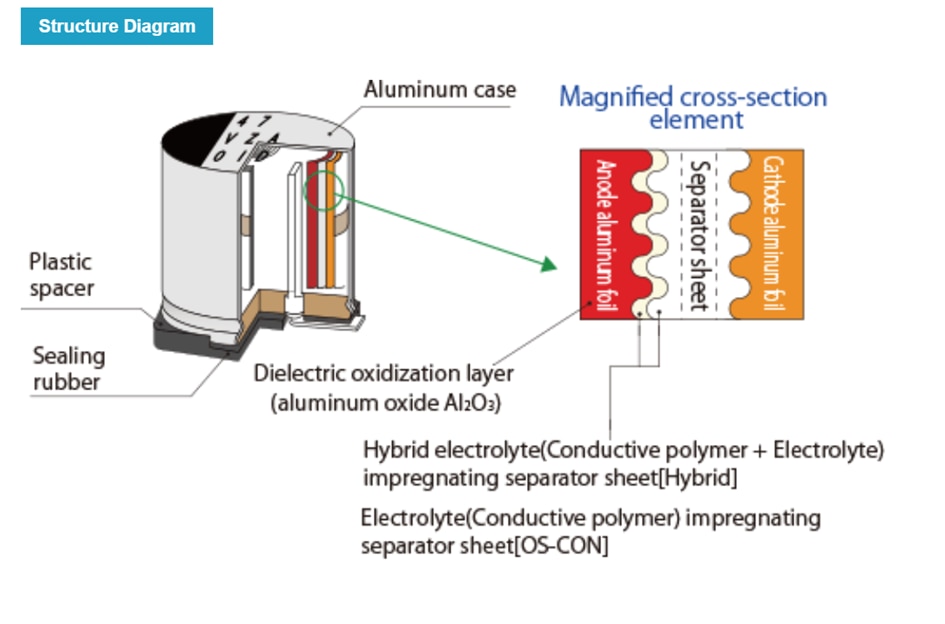
In summary, Panasonic's hybrid capacitors are a critical component in the functionality and reliability of Battery Management Systems and battery distribution units. In many aspects and specifications, these capacitors meet the demanding challenges of the “electrification of everything” – and the role of high-quality hybrid capacitors will remain essential in supporting the performance, safety, and efficiency of battery systems.
As vehicles become smarter and more electrified, the Vehicle Control Unit (VCU) has emerged as a critical component in managing and optimizing their performance. But what exactly is a VCU, and why is it so essential in today’s automotive systems?
A Vehicle Control Unit (VCU) is the brain behind many of a vehicle’s core functions. It acts as a centralized controller that processes signals from various sensors and other Electronic Control Units (ECUs), then issues commands to components such as motors, brakes, steering systems, and more.
In modern vehicles, especially those with advanced driver-assistance systems (ADAS) or electric drivetrains, the VCU plays a pivotal role in coordinating power devices, body electronics, and drive systems. It ensures that all subsystems operate harmoniously based on real-time data inputs.
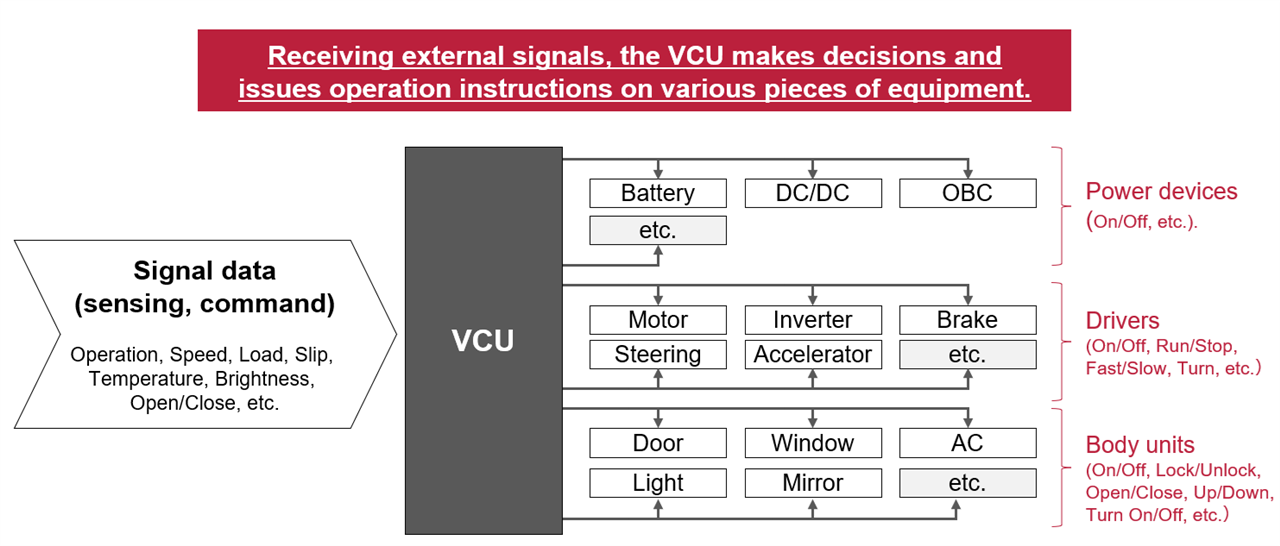
(Fig. 1 Role of the VCU)
With the automotive industry moving toward Level 3 autonomous driving and beyond, the demand for high-performance VCUs is rapidly increasing. As more vehicle functions become electrified and automated, the need for centralized control grows. This shift brings challenges such as:
To meet these demands, VCUs must be built with components that are compact, energy-efficient, high-frequency capable, and highly reliable.
A typical VCU includes the following key components:
These components work together to interpret sensor data and issue precise control signals to various vehicle systems.
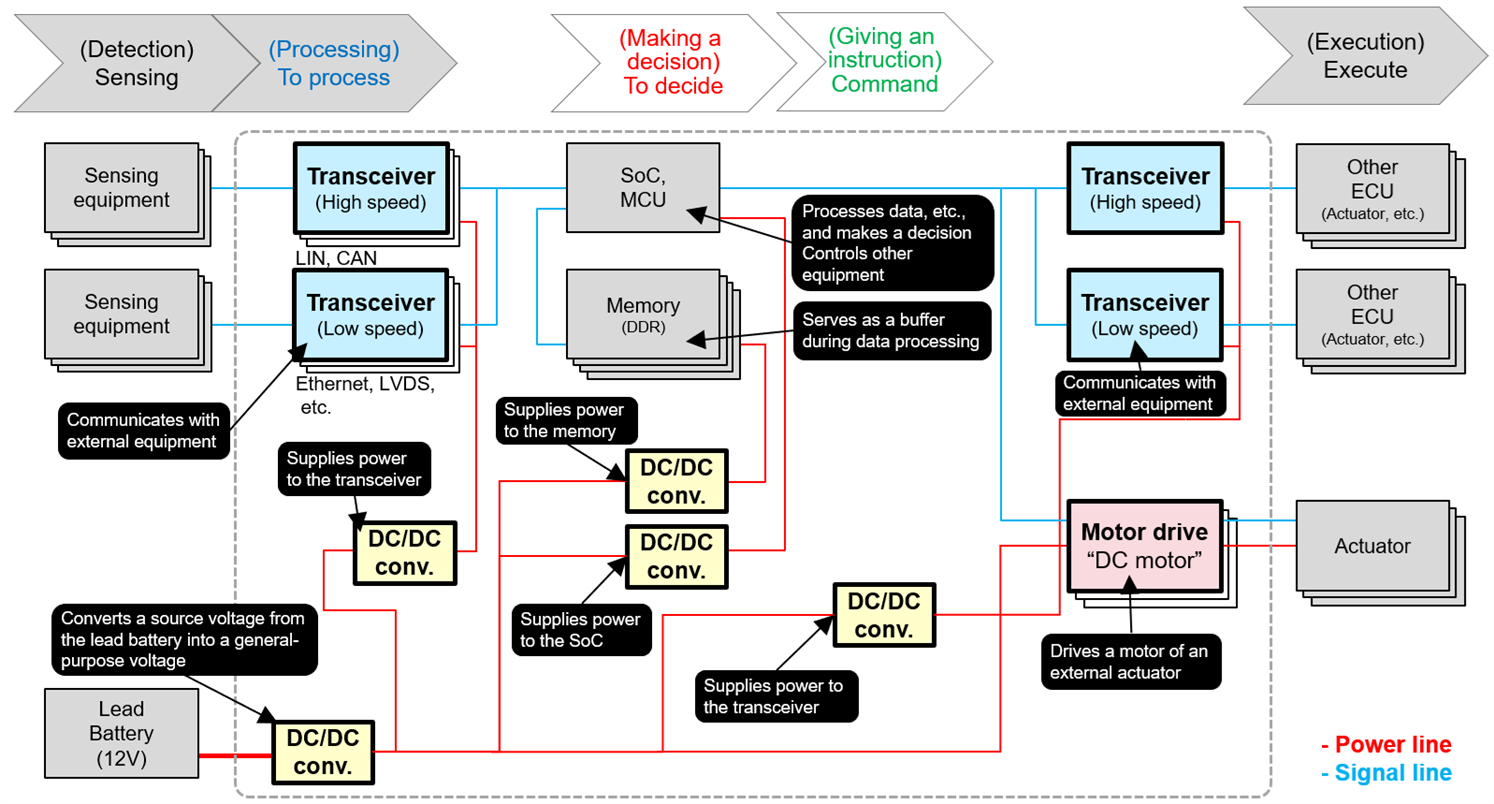
(Fig. 2 Overall configuration of the VCU)
Used to convert battery voltage to levels required by other components. Key parts include:
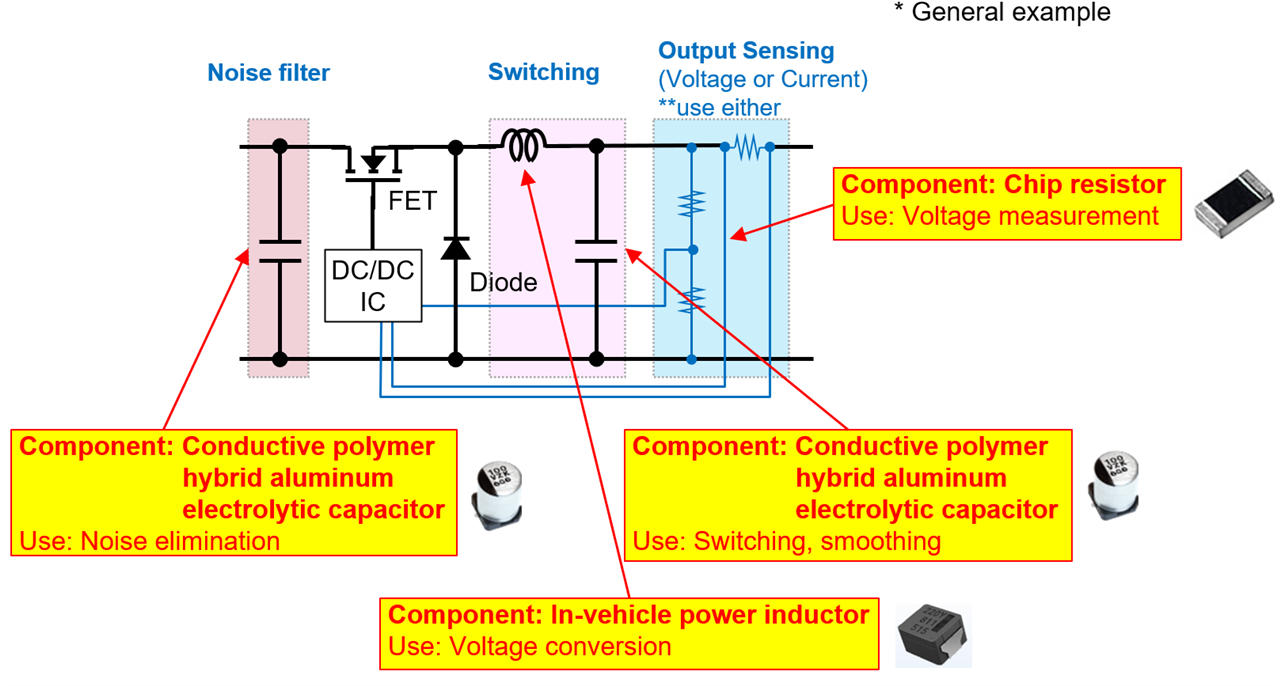
(Fig. 3 Components used in the DC/DC converter)
Handles communication with external devices. To protect against electrostatic discharge (ESD), it includes:
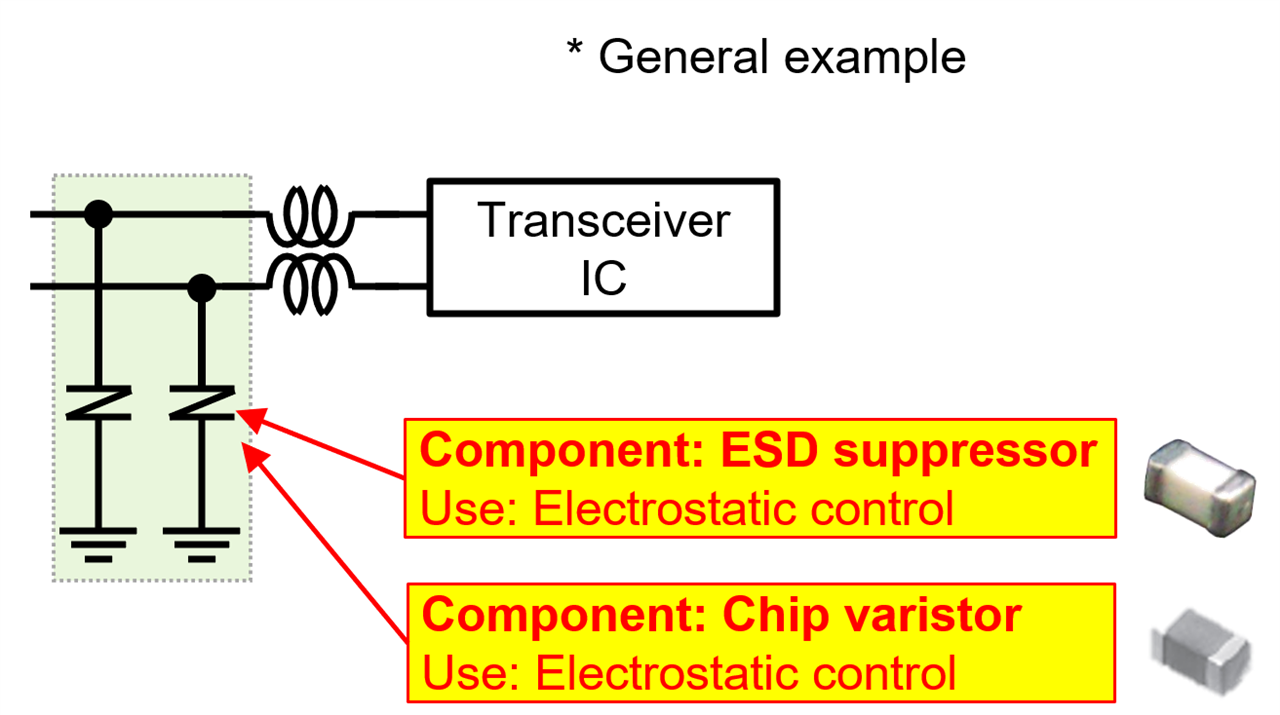
(Fig. 4 Components used in the transceiver IF)
Controls voltage switching for actuators. To manage noise and ensure stable operation, it uses:
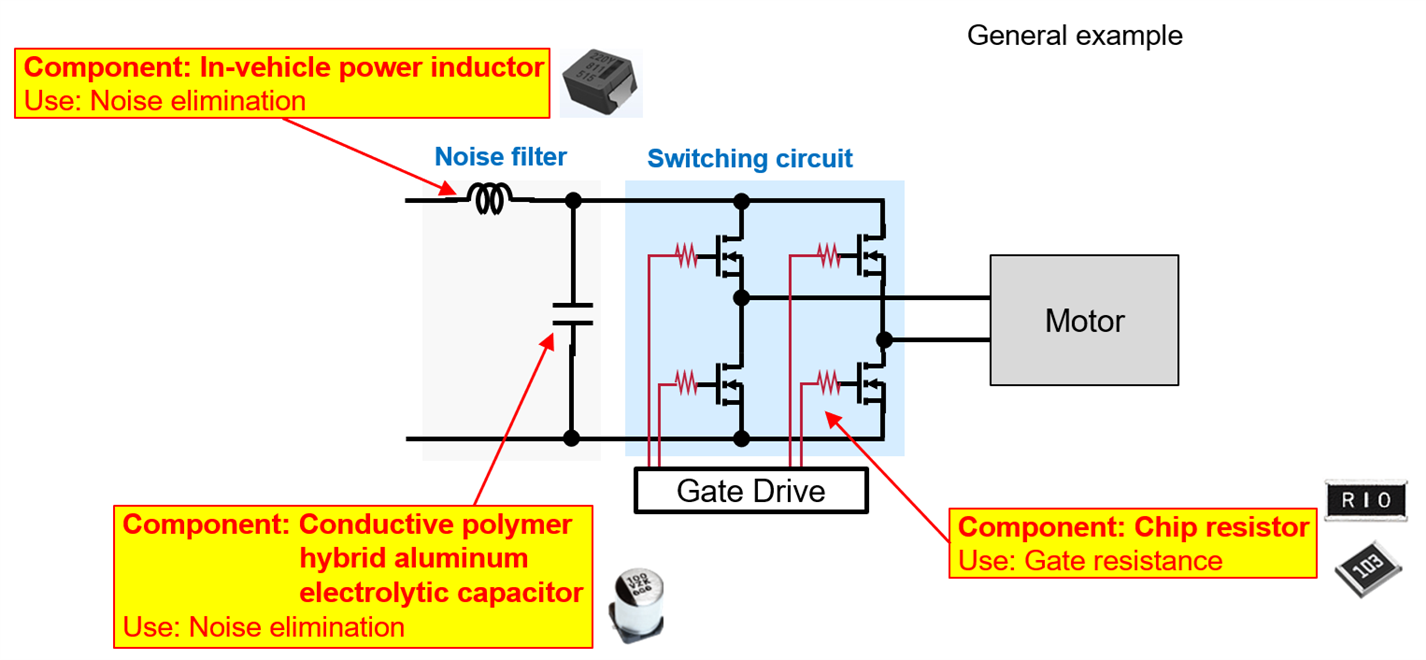
(Fig. 5 Components used in the motor drive circuit)
As VCUs become more complex, the components used must meet stringent requirements:
| Feature | Importance in VCU Design |
|---|---|
| Miniaturization | Saves space in compact ECUs |
| High Frequency | Supports fast switching and communication |
| High Precision | Enables accurate control and measurement |
| Low Loss | Improves energy efficiency |
| Large Current Handling | Supports high-power applications |
| ESD Protection | Ensures communication reliability |
Panasonic Industry offers a wide range of components tailored for VCU applications, including capacitors, inductors, resistors, and ESD protection devices.
The VCU is a cornerstone of modern vehicle architecture, especially as we move toward more autonomous and electrified mobility. Its ability to manage complex systems in real time depends heavily on the quality and performance of its internal components. By choosing the right parts, engineers can design VCUs that are not only powerful and efficient but also compact and reliable.
| Component | Feature | Large Current | Low Loss | Miniturization (small size) | High Frequency | High Precision | |
| Conductive polymer hybrid aluminum electrolytic capacitor | Low ESR High reliability |
 |
 |
 |
 |
||
| Power Inductors for Automotive application | Large current, low loss High reliability |
 |
 |
 |
 |
||
| High precision, high resistance to heat |
 |
 |
 |
||||
| Chip varistor |
|
 |
|||||
| ESD suppressor |
|
 |
 |
The automotive industry is in the middle of a seismic shift. With the rise of autonomous driving and electrification (the "CASE" era), core vehicle systems are being completely re-imagined. One of the most critical evolutions is happening in the steering system.
As we move towards higher levels of vehicle autonomy, the demands placed on Electric Power Steering (EPS) systems are exploding. Engineers are now tasked with designing circuits that are not only more powerful and efficient but also meet unprecedented standards for safety and reliability. How do you design an EPS that can handle the complex demands of by-wire technology and functional safety while minimizing power loss and physical footprint?
This article provides a technical deep-dive into the modern EPS, breaking down its architecture, the technological forces shaping its evolution, and the critical electronic components that form its backbone.
At its core, an Electric Power steering (EPS) is a system that uses an electric motor to assist the driver, reducing the effort needed to turn the steering wheel. Unlike traditional hydraulic systems that constantly draw power from the engine, an EPS is far more efficient, only consuming energy when steering assistance is required. This directly contributes to better fuel economy and is a key enabler for electric vehicles (EVs).

(Figure1: Operation of the EPS)
The EPS is evolving rapidly due to two major trends:
Electrification: Modern vehicles rely on battery power. Electrifying components like the steering system simplifies the overall mechanism and improves energy efficiency. For autonomous driving, where the vehicle's computer needs total control, full electrification is essential.
By-Wire Connection: The future of steering is "by-wire". This means the mechanical link between the steering wheel and the axle is replaced by an electrical connection. This separation allows for more precise, computer-controlled steering adjustments, a fundamental requirement for autonomous navigation. As the driver's role diminishes at higher autonomy levels, the vehicle assumes primary control, making by-wire systems indispensable.

(Figure:2 Configuration change resulting from by-wire connection)
With greater autonomy comes greater responsibility. In a by-wire system, failure is not an option. To ensure maximum safety and reliability, modern EPS designs incorporate a redundant structure. This often means building the motor-driving inverter with a dual-circuit design. If one circuit fails, a backup immediately takes over, ensuring the system remains operational.
However, this raises a new engineering challenge: redundant circuits, along with the need for more powerful motors in advanced systems, increase power consumption. This dilemma forces engineers to seek out electronic components that deliver on four key properties: low loss, high heat resistance, high precision, and small size.

(Figure3: Configuration changes resulting from the adoption of a redundant structure)
Let's break down the key functional blocks within a typical EPS electronic control unit (ECU):
Noise Filter: Suppresses electromagnetic interference (EMI), both internal and external, to prevent system malfunctions.
Voltage Conversion Circuit (Inverter): Converts the vehicle's DC voltage to power the motor, typically using Field-Effect Transistors (FETs) for high-frequency switching. It also monitors the temperature of these critical components.
Gate Drive Circuit: Precisely controls the switching of the FETs in the inverter.
DC/DC Converter: Steps down voltage to supply stable power to the main control circuit.
Control Circuit: The "brain" of the EPS, processing inputs (like torque and rotation angle from the steering wheel) and controlling the entire system.
Communication I/F: Manages data exchange with other vehicle systems via protocols like CAN or Ethernet.

The overall performance of the EPS system hinges on the quality of its individual components. Here’s a look at the critical parts used in each circuit block and how they solve key design challenges.
This circuit requires components that can handle large currents and suppress high-frequency noise generated by the inverter's switching.
Key Challenge: Balancing noise suppression, high power capacity, and a compact footprint.
Component Solution:
Conductive Polymer Hybrid Aluminum Electrolytic Capacitors: These offer the best of both worlds: high capacitance and low ESR (Equivalent Series Resistance). This allows them to effectively smooth voltage and suppress ripple current in a smaller package, handling the high-current demands of the motor.
Power Inductors for Automotive Application: Built with metal magnetic materials, these inductors feature low power loss (low ACR at high frequencies) and support large currents. This contributes directly to higher efficiency and a smaller overall circuit size.
> Explore Panasonic's high-performance Capacitors and Power Inductors designed for demanding automotive applications.
The high-power switching elements (FETs) in the inverter generate significant heat. Managing this heat and suppressing switching noise is critical to prevent component failure.
Key Challenge: Precise temperature measurement and noise suppression in a high-power environment.
Component Solution:
Small, High-Power Chip Resistors: Used on the gate terminals of FETs to suppress driving noise. Advanced resistor patterns and electrode structures allow these components to handle high power in a very small footprint.
NTC Thermistors (Chip-type): These small, highly heat-resistant thermistors are placed near the FETs to provide precise, real-time temperature feedback to the control circuit, enabling proactive thermal management.
> Discover Panasonic's High-Power Chip Resistors and high-reliability NTC thermistors.
This circuit is essential for providing stable power to the microcontroller. It requires robust filtering and efficient voltage conversion.
Key Challenge: Ensuring clean, stable power for sensitive control electronics.
Component Solution: The same high-performance Conductive Polymer Hybrid Aluminum Electrolytic Capacitors and Power Inductors used for noise elimination and smoothing at the input and output stages.

(Figure5: Components used in the DC/DC converter)
Communication lines (like CAN bus) are susceptible to electrostatic discharge (ESD) and other noise that can damage the transceiver IC.
Key Challenge: Protecting sensitive communication circuits from ESD events without degrading signal quality.
Component Solution:
Chip Varistors: These components are designed to suppress ESD noise across a wide range of communication speeds. With capacitance values from 8 pF to 250 pF, they provide effective protection while preserving the integrity of the data signal.
> Protect your communication interfaces with Panasonic's automotive-grade Chip Varistors.

(Figure6: Components used in the communication I/F)
As the automotive industry accelerates towards a future defined by the "CASE" framework, the Electric Power Steering system is evolving from a simple driver-assist feature into a core component of vehicle automation and safety.
This evolution demands a move towards by-wire systems and redundant circuit architectures. To meet this technological leap, engineers must select electronic components that deliver low loss, high heat resistance, high precision, and a compact size.
Panasonic Industry offers a comprehensive portfolio of automotive-grade components designed to meet these stringent requirements, empowering engineers to build the safe, reliable, and efficient EPS systems of tomorrow.
|
Component |
Feature |
Low loss |
Small size |
High resistance to heat |
|
Low ESR High reliability |
 |
 |
 |
|
|
Large current, low loss High reliability |
 |
 |
 |
|
|
High precision, high resistance to heat |
 |
 |
||
|
Small and light |
 |